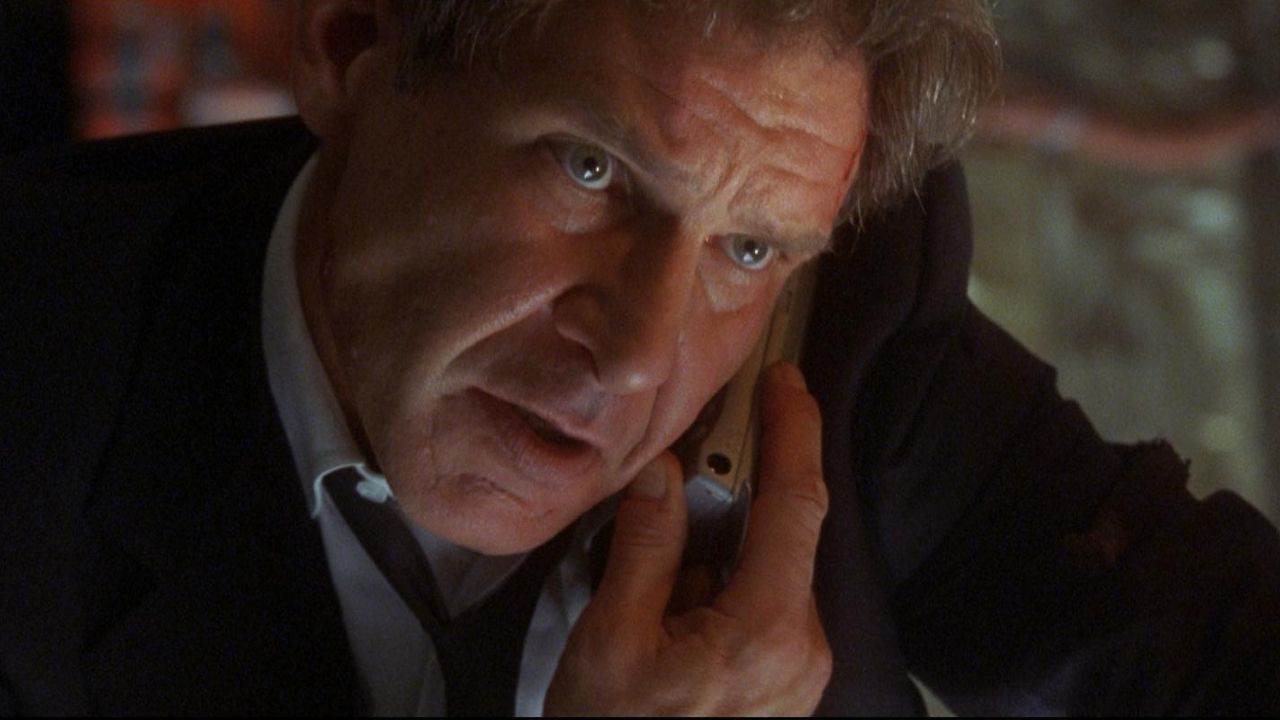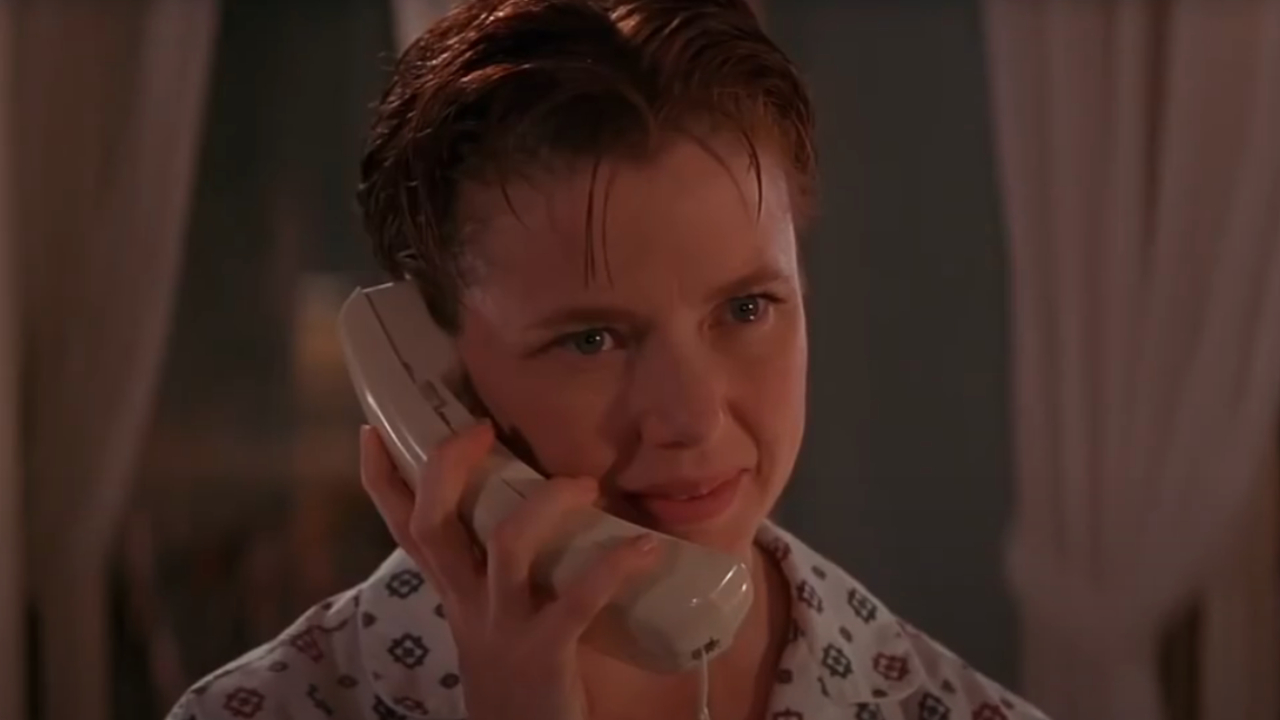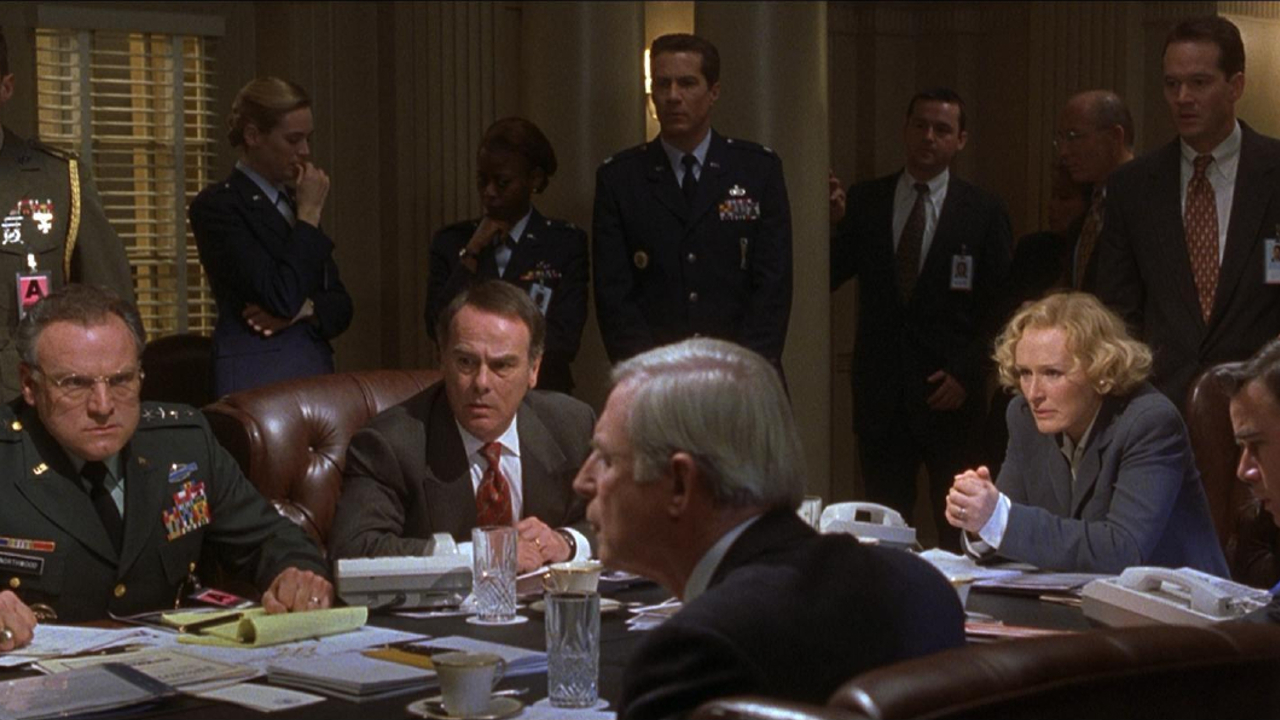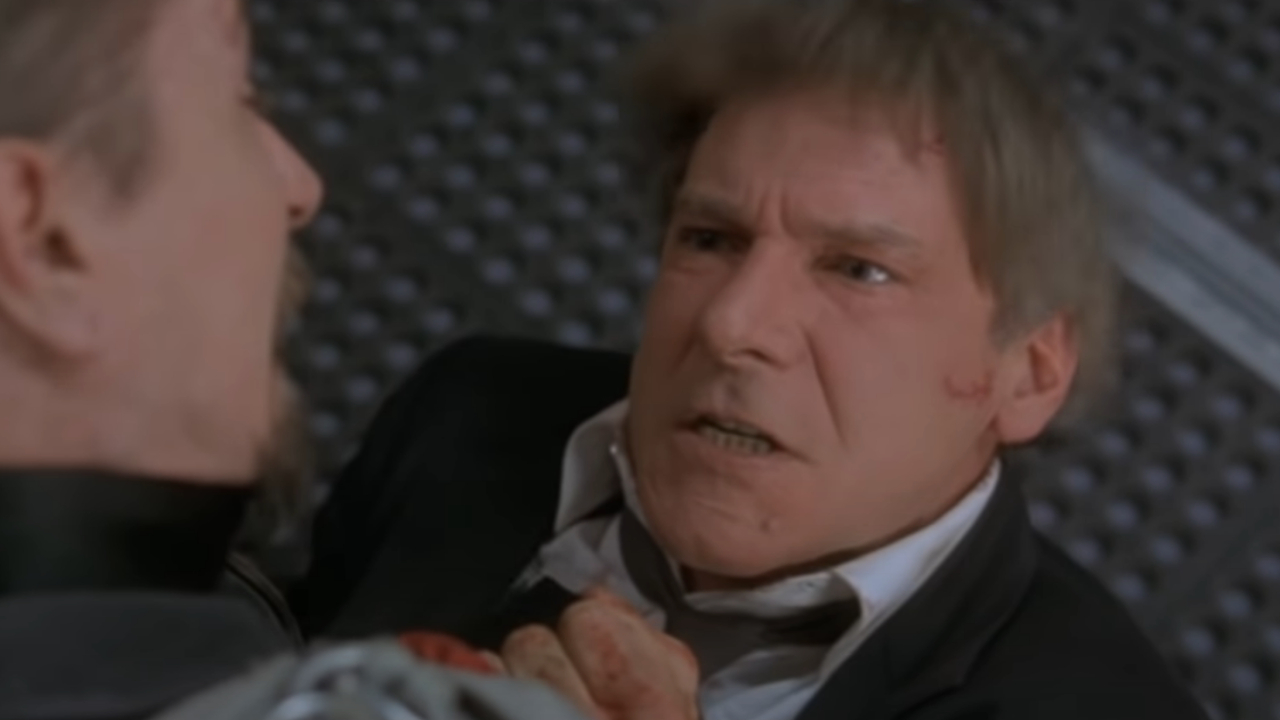
To catch up on the latest films streaming today, just head to one of the top platforms or utilize your Amazon subscription for video-on-demand titles and hit play. It’s straightforward, convenient, and the perfect way to enjoy a movie at home. In contrast, folks who grew up in the ’80s and ’90s might remember that watching movies from home on pay-per-view was a tedious ordeal, with the risk of missing parts of the movie or having the ending spoiled if you weren’t careful.
Without coming off as if I’m an elderly person complaining about today’s conveniences, let me say that Gen Z may not grasp the difficulty in ordering Pay-Per-View (PPV) movies like we had to do back then. Given the current trend of nostalgia, it feels like a great moment to reminisce about the lengthy process we went through when we didn’t feel like venturing out to Blockbuster on a Friday night.

Back In The Day, You Had To Call The Cable Company To Order Pay-Per-View Movies
Over the last two decades, watching movies on pay-per-view has been generally straightforward: you’d just open the guide on your cable or satellite box, select the movie you desire, and then enjoy a few hours of entertainment while the movie takes you away. However, in earlier times, it wasn’t as easy.
As a young movie enthusiast, I didn’t have the power to pick the films or those thrilling WCW/WWF pay-per-views back in the day. However, there were two specific rental occasions from our cable service that I vividly recall. I’d call my dad for a rundown of these instances since he was the one who dialed the code for the movies we rented (I still remember him ordering classics like ‘The American President’ and ‘Air Force One’). He had to contact the cable company, input the movie code, and then keep his fingers crossed that everything would go smoothly before the show could begin.

You Had To Tune Into A Certain Channel At A Certain Time, Which Made Planning Paramount
In my hometown, the movie you produced would air on a specific channel at a designated time, which meant we had to plan ahead before making the purchase. If you ordered a movie for 7 p.m., it was crucial to be tuned in to that channel at or slightly before that time, as missing even a moment could mean missing part of the film. Given the cost of these movies (other events often being more expensive), not wanting to miss out on any part of them was understandable.

There Was No Pausing Or Rewinding, Which Would Cause Some Complications
Instead of pausing or rewinding, we didn’t have that convenience back then. The TV schedule was set by the cable company, so if someone called, the pizza arrived late, or there was an unexpected emergency at home, you might miss a crucial part of your favorite ’90s movie rental, as you had to choose between missing some of it and letting other important matters go unattended.
Many individuals used their VCRs to record various content, disregarding the explicit FBI warning at the start of every movie about not doing so. However, I can’t recall any instances where I personally synchronized a VHS tape to preserve a film for later viewing.
Over the last three decades or so, the way we watch movies at home has undergone a remarkable transformation, and it’s quite astonishing to think about how different it is compared to the past. You won’t find those classic “Feature Presentation” introductions nowadays.
Read More
- Clash Royale Best Boss Bandit Champion decks
- RAVEN2 redeem codes and how to use them (October 2025)
- Ethereum’s Golden Cross: $4,000 Rally? Hold Your Breath!
- ESPN Might Drop Doris Burke From NBA Broadcast Team Next Season
- Kingdom Come: Deliverance 2 Gets Trial Experience On PS Plus Premium
- Kingdom Rush Battles Tower Tier List
- Chaos Zero Nightmare Combatant Tier List
- Clash Royale Furnace Evolution best decks guide
- Brawl Stars: Did Sushi Just Get a Makeover? Players React to Event Ending
- Tom Cruise’s Emotional Victory Lap in Mission: Impossible – The Final Reckoning
2025-07-29 14:38